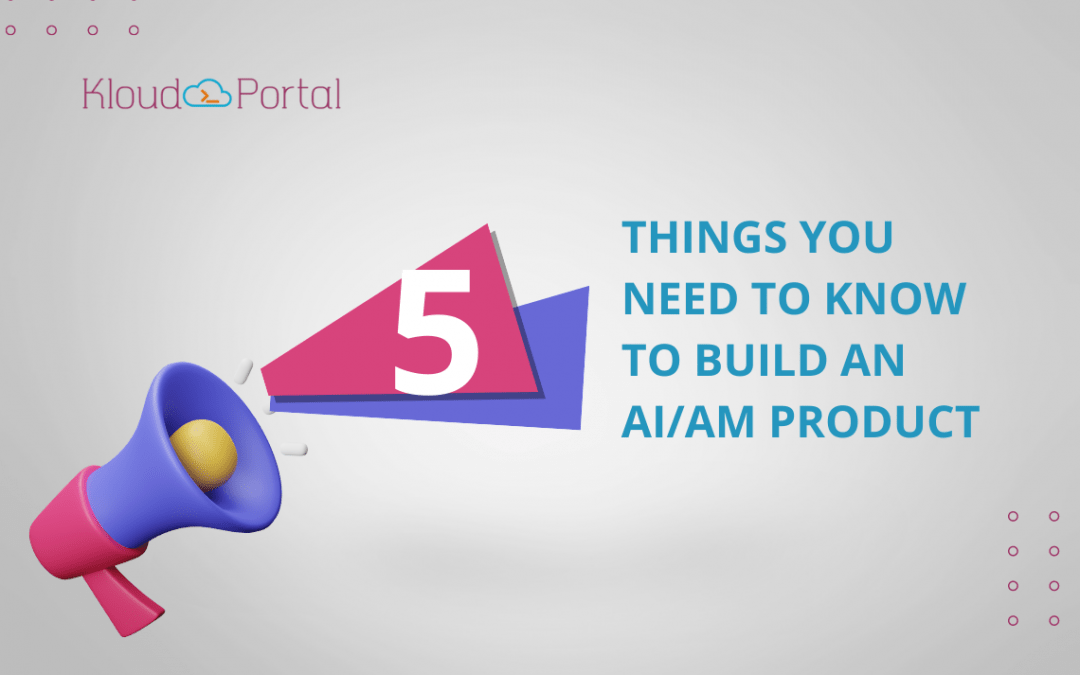
The Future Of Web Development: Trends And Innovations
Staying informed about web development trends is essential.
Today, we will explore the future of the web development domain in 2024, including the key advancements, technologies, and approaches that are shaping the digital world.
From emerging technologies to enhancing user engagement, we will cover everything to ensure you have a complete picture of what’s on the horizon.
What We Cover In This Blog?
Key Takeaways
- Web development is evolving rapidly, responding to innovation and user demands.
- AI and ML transform user experiences, predict behaviors, and automate tasks for efficient development.
- Low-code/no-code tools empower non-coders, enhancing engagement and accessibility.
- VR, AR, and the “metaverse” pose exciting possibilities but also challenges for future development.
The Evolution Of Web Development
Imagine a world without instant access to information, where sharing ideas took weeks or months.
That was the reality before the invention of web browsers!
In the 1980s, Tim Berners-Lee saw a need for a better way for researchers to share information.
His revolutionary idea: ‘The World Wide Web.’
The early web was a simple place, mostly text and basic images. But it was the start of the revolution! People could finally access information quickly and easily from anywhere in the world.
This was a monumental shift, helping students to research without a library and businesses to connect with customers across borders.
Of course, it wasn’t all smooth sailing. People were unsure of this new technology. Was it safe? Could they trust the information they found online?
Learning to navigate web browsers felt like deciphering a new language. But slowly, people embraced the web. Businesses saw the potential to reach new markets, and individuals discovered a world of knowledge and connection at their fingertips. This journey of acceptance and adaptation is a testament to the web’s enduring impact.
The web continued to evolve, becoming more interactive and user-friendly. New tools like CSS and JavaScript started the era of responsive web design.
Remember those fancy blinking text greetings from the early 2000s?
Today, the web is an essential part of our lives. We use it for everything from shopping and banking to staying connected with loved ones and learning new skills.
But the story doesn’t end there! The web application is constantly changing, with predictive analytics and trends emerging all the time. The future of web development looks more exciting and promising!
7 Top Web Development Trends You Need To Know
Artificial Intelligence (AI)
AI holds the power to transform web development by personalizing user experiences. But how did AI get so popular, and what does it really mean to create web applications?
The rise of AI is fueled by advancements in machine learning (ML), a subset of AI that allows computers to learn from data with minimal intervention. Imagine a website that learns your browsing habits and recommends products you’ll actually love or a bot program that can answer your questions in a natural, conversational way. That’s the power of machine learning in action.
We can expect to see even more sophisticated web and mobile applications that can personalize content, automate tasks, and create truly immersive web experiences.
Low Code/ No Code Tools
Traditionally, building web applications requires complex coding knowledge. But what if there was a way to create powerful web app(s) and mobile apps without writing a single line of code? That’s the promise of low-code/no-code tools.
These web platforms use drag-and-drop interfaces and pre-built components, allowing anyone with a basic understanding of design and logic to build functional web development domains with great user interface(s).
Low-code/no-code tools have proven their versatility, being used not just for simple landing pages but also for server management. Their user-friendly nature makes them a boon for entrepreneurs, small businesses, and even citizen developers within larger corporations. This flexibility empowers businesses to have better web experiences.
Reach, engage, and convert your potential leads with our effective digital marketing services.
Virtual Reality And Meta
Virtual reality (VR) has long captured our imaginations, promising immersive experiences that transport us to fantastical worlds or recreate real-world scenarios.
Recent advancements in VR are changing the narrative. Meta (formerly Facebook) has stepped into the picture.
Meta has made VR and Augmented Reality (AR) a central focus, pouring resources into developing powerful VR headsets and software. Their vision is for VR to play a major role in the “metaverse,” a proposed future iteration of the internet helping to enhance user interaction and web accessibility.
Is VR an example of future web development? It’s too early to say for certain. VR offers exciting possibilities, but it’s important to remain aware of the challenges.

Zero Trust Architecture (ZTA)
Picture a website where security isn’t based on blind trust but on constant verification. That’s the core principle behind Zero Trust Architecture (ZTA), a rapidly growing trend in web development. Let’s break down what ZTA is and why it’s becoming increasingly important.
Traditionally, web security has relied on a perimeter-based approach. Think of it like a castle – once inside the walls (the network), users were generally trusted. However, this approach has vulnerabilities. If an attacker breaches the perimeter, they have free rein to access sensitive data.
ZTA flips this concept on its head. It assumes no user or device is inherently trustworthy, regardless of location. Every access attempt from any device is continuously verified before granting access to resources. This “never trust, always verify” approach significantly reduces the attack surface and provides enhanced security.
Progressive Web Apps (PWAs)
In today’s mobile-driven world, users expect a seamless and app-like experience when browsing websites on their phones. This is where Progressive Web Apps (PWAs) become superheroes.
PWAs are websites built with web technologies that offer easy controls and user experience of native apps without the need to download from app stores.
If a website loads instantly, even with a slow internet connection, a shopping site lets you add items to your cart even when offline. These are just some of the benefits PWAs offer users.
But why are they so important for web developers in 2024?
- Limited Reach: Not everyone downloads apps, especially for niche businesses or one-time use cases. Relying solely on a native app might restrict your potential user base.
- Engagement Hurdles: App download processes can be clunky, discouraging users from trying out your offering.
- Installation Friction: Updates for native apps require users to go through the app store, introducing a delay and potential user frustration.
Therefore, PWAs bridge the gap between websites and native apps, offering several advantages such as better user experience, High Engagement, and Low development costs.
Voice Recognition Technology
As smart speakers and voice assistants like Google Home and Amazon Echo become more popular, users are increasingly comfortable using voice commands to interact with technology. This shift in user behavior presents a tremendous opportunity for web developers.
By incorporating VUI and voice search capabilities into websites, developers can create a more natural and intuitive user experience, especially for hands-free situations like cooking or driving.
Additionally, voice search optimization allows websites to be more discoverable through spoken queries, reaching a wider audience and boosting user engagement.
Craft compelling stories that drive results and grow your brand’s presence with our powerful content marketing services.
Accelerated Mobile Pages (AMP)
Forget waiting! Today, users have an attention span of just 3 seconds, and a slow mobile website is the kiss of death for engagement. This is where Accelerated Mobile Pages (AMP) come in as a knight in shining armor for web developers.
AMP optimizes website code and utilizes cached content to ensure blazing-fast loading times, even on unreliable connections. Consider your website on a mobile fitness program – it sheds unnecessary code and gets lean for peak performance. This translates to a happy user experience, keeping visitors engaged and exploring your content. With mobile browsing dominating the web landscape, AMP is a crucial trend for developers in 2024, ensuring your website remains optimized and keeps users happily clicking.
Looking Ahead With KloudPortal
With AI integration accelerating and innovative tools emerging, the future of web development promises a web experience unlike ever before. Get ready for a brighter digital landscape in 2024 with KloudPortal.
We build the future of your web presence. We craft websites using cutting-edge UI design and integrate the latest search engine optimization (SEO) strategies to ensure you shine online.
Frequently Asked Questions (FAQs)
What is innovation in web development?
Marketers need to be data-driven, creative storytellers, social media savvy, and adaptable to constant change.
What is the changing landscape in marketing?
Innovation includes things like using artificial intelligence to personalize user experiences or virtual reality to create immersive web applications.
Which web technology will be best for the future?
There’s no single “best” technology, as it depends on your project’s needs. However, some promising areas include:
- AI & Machine Learning: Tailoring web browser content and enhancing user experiences using natural language processing.
- Progressive Web Apps (PWAs): Web applications that feel like native apps, even without downloading.
- Voice User Interfaces (VUIs): Controlling websites and searching with your voice.
What is the future of web development?
The future of web development will likely be:
- More Intelligent: AI enables developers to automate tasks and build interactive websites.
- More Immersive: VR and AR could create new ways to interact with web applications.
- More Secure: New security protocols will help with cyber threats on social media platforms.
What is the trend of web development?
The latest web development trends include:
- Low-code/No-code Tools: Making user-friendly websites and single-page websites, improving the mobile user experience.
- Serverless Architecture: Ditch server headaches! Focus on your application’s logic while the cloud handles server setup, scaling, and content delivery networks. Think pay-per-use for website development.
- Interactive Design: Move beyond static site generators! Engage users with animations, push notifications, and real-time data. Think quizzes, polls, and dynamic content management system(s) according to the evolving user expectations.

Almaas saleem
About The Author…
Almaas Saleem – A software Engineer by profession, worked as an Automation Test Engineer and cleared the international level testing exam (ISTQB). Almaas has a sharp eye on everything about the web, technology and innovation and also is Engaged in Technical writing for new businesses managing various entities. Her Area of Expertise includes Web development and design, Automated test software(s), ethical hacking, cybersecurity, cryptography, and digital marketing. Being committed and efficient towards her work is what makes Almaas stand out from the crowd.




